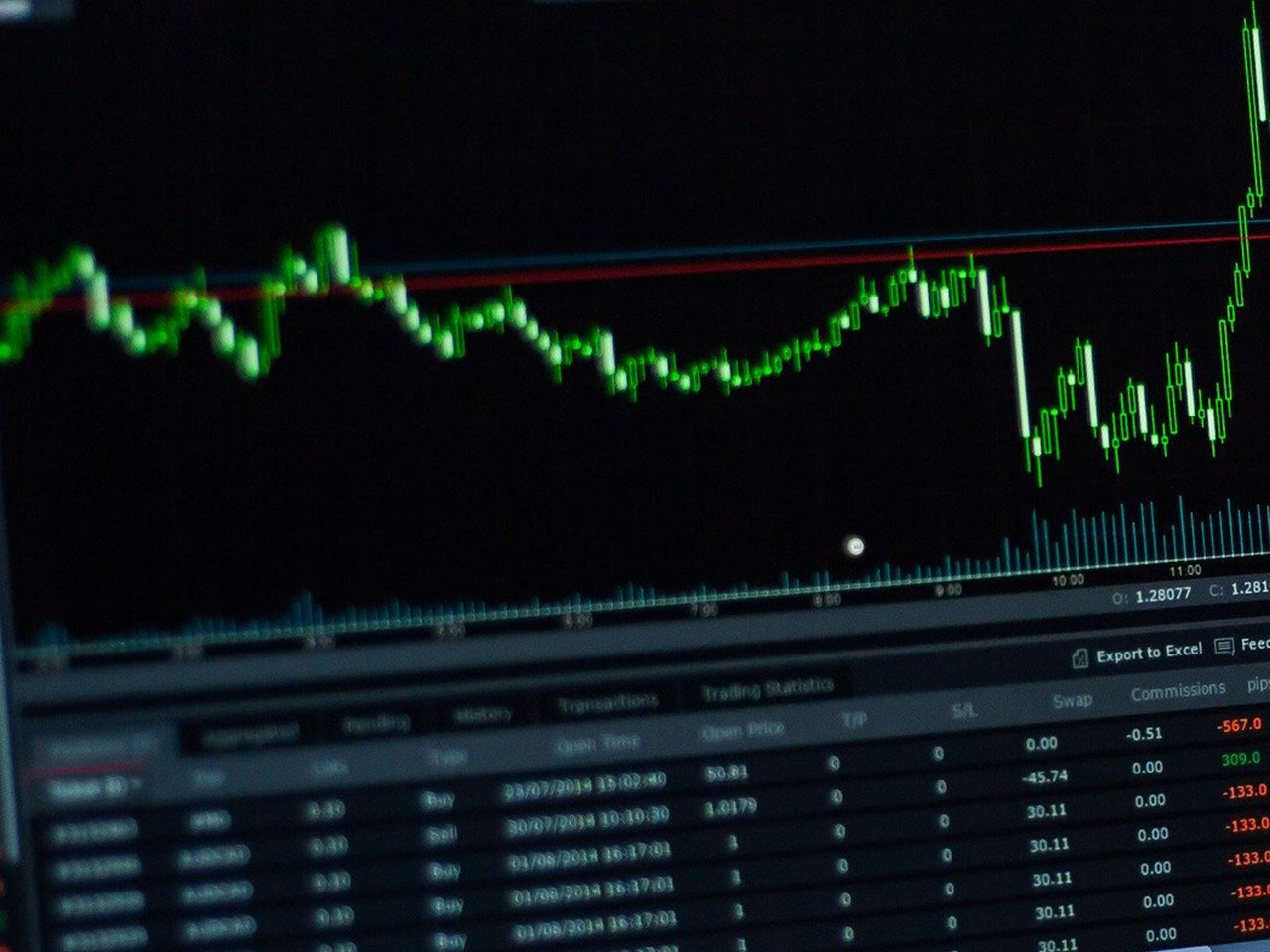Burberry Group plc, recognised globally for its iconic trench coats and distinctive check patterns, is a stalwart in the luxury goods sector. Trading under the ticker BRBY.L on the London Stock Exchange, Burberry is a quintessential British brand with a rich history dating back to 1856. The company is based in London and has a significant footprint across various regions, including Asia Pacific, Europe, and the Americas.
With a market capitalisation of $4.35 billion, Burberry is positioned within the consumer cyclical sector, specifically the luxury goods industry. This sector has faced numerous challenges recently, with fluctuating consumer demand and economic uncertainties impacting performance.
Current market data shows Burberry’s stock trading at 1210 GBp, a slight increase of 28.00 GBp, reflecting a negligible change of 0.02%. Over the past year, the stock has seen a range between 571.00 GBp to a high of 1,235.00 GBp, indicating substantial volatility and potential for return, albeit with associated risks.
When examining valuation metrics, Burberry presents a rather unorthodox profile. The absence of a trailing P/E ratio and a staggering forward P/E of 3,216.72 suggest investor expectations are complex, likely influenced by factors such as market positioning and future growth prospects. Additionally, the missing PEG, Price/Book, and Price/Sales ratios may raise questions about the transparency of Burberry’s current valuation for some investors.
Performance metrics reflect some of the hurdles Burberry faces. The company has experienced a revenue contraction of 12.50%, with a negative EPS of -0.21 and a concerning return on equity of -7.23%. Despite these figures, Burberry maintains a robust free cash flow of £328.5 million, a positive sign of liquidity and operational capacity to weather financial storms.
Dividend information shows a dramatic payout ratio of 559.63%, which is unsustainable in the long term without significant earnings improvements. The absence of a dividend yield is a point for income-focused investors to consider, highlighting the need for Burberry to reassess its dividend strategy in light of current earnings.
Analyst ratings reflect a cautious optimism with a mix of 7 buy ratings, 8 hold ratings, and 3 sell ratings. The target price range of 580.00 GBp to 1,400.00 GBp, with an average target of 1,085.56 GBp, suggests a potential downside of 10.28% from current levels. This indicates that while some analysts see growth potential, others remain sceptical about immediate upside prospects.
Technical indicators offer further insight into the stock’s current momentum. Burberry’s 50-day moving average stands at 950.50 GBp, significantly under the current price, while the 200-day moving average is at 903.03 GBp. An RSI of 35.02 suggests the stock is nearing oversold territory, which may attract contrarian investors seeking opportunities amid recent selling pressure. The MACD at 45.86, above the signal line of 38.81, could indicate bullish momentum, but investors should remain cautious given the broader market context.
Burberry continues to leverage its brand heritage and global distribution channels, including digital commerce, to navigate the competitive luxury landscape. As the company adapts to evolving consumer preferences and economic conditions, its strategic focus on digital transformation and market expansion will be crucial in driving future growth.
Investors considering Burberry Group plc should weigh the brand’s strong market presence and cash flow against the backdrop of its current financial challenges and valuation complexities. As the luxury market evolves, Burberry’s ability to innovate and maintain its brand allure will be key to sustaining its market position and delivering shareholder value.










































